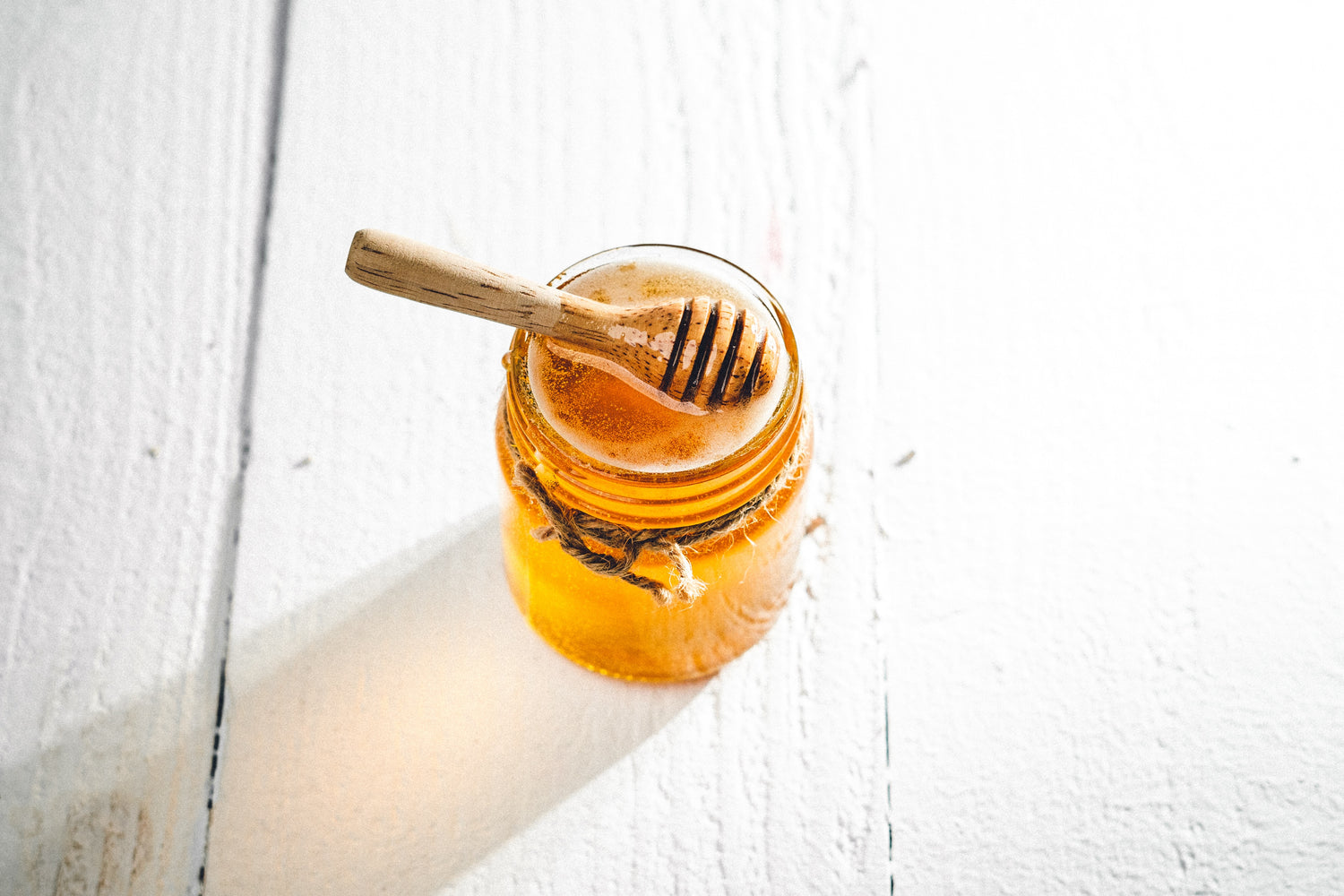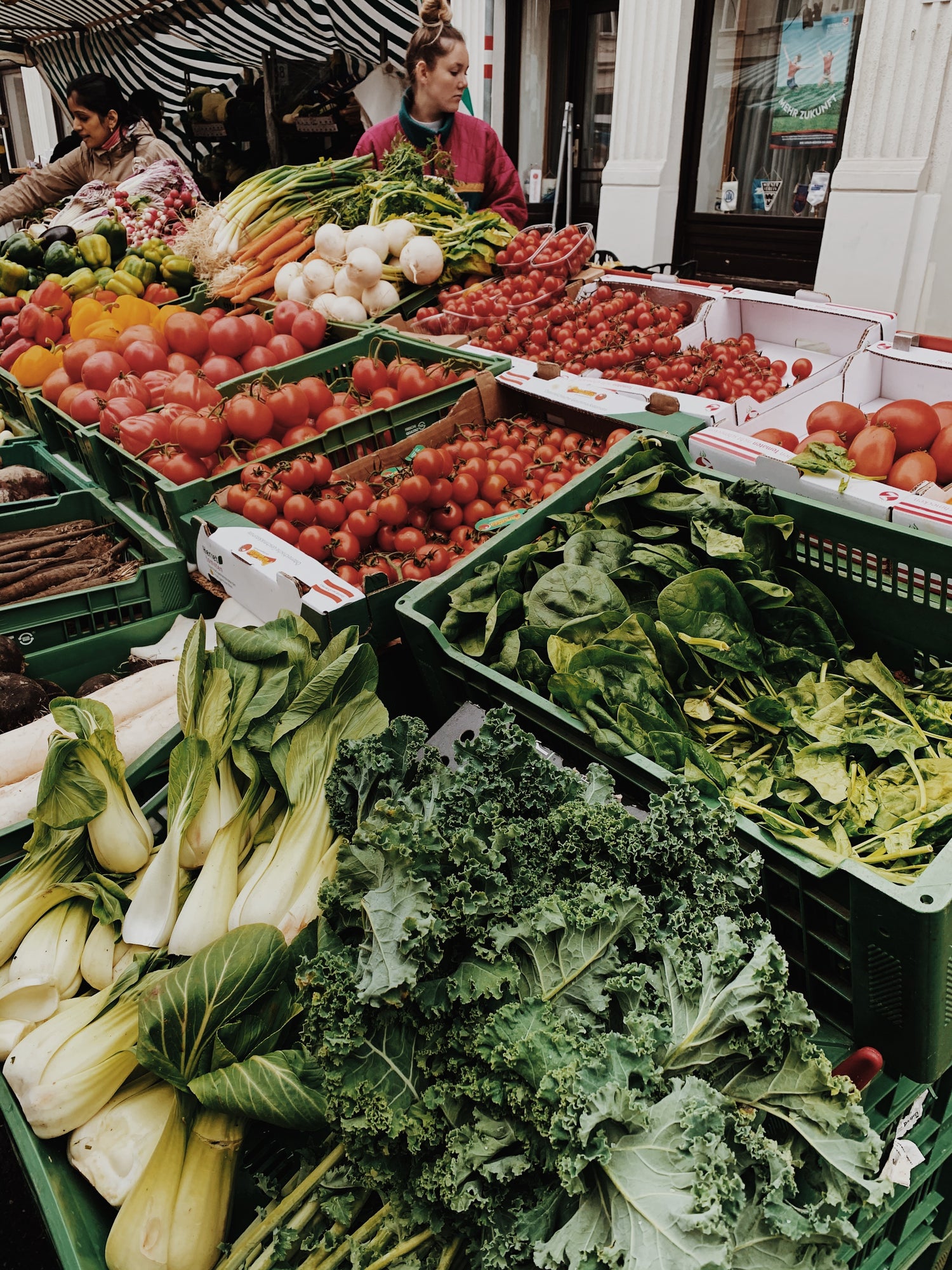Honey-Bees Crucial Role in Pollination
The process of insect pollination, involving the transfer of pollen from the male to the female parts of a flower, proves invaluable for numerous crops. Cross-pollination, where pollen is exchanged among different plants or varieties of the same species, enhances fruit yield and often contributes to larger fruit sizes. Honey bees emerge as crucial pollinators due to their manageability and ease of transportation to crop sites. In the United States, honey bee pollination adds over $14 billion annually to the agricultural sector, with many beekeepers earning extra income by renting colonies for pollination purposes. In Georgia, for instance, bee hives are rented to facilitate the pollination of apples, blueberries, cucumbers, and watermelons. Professional recommendations on the number of hives required for optimal pollination vary, but for certain crops like apples, blueberries, cucumbers, and watermelons, 1-2 colonies per acre is a common practice.

Successful fertilization of ovules and seed formation occurs when pollen, if compatible, interacts. Enhanced pollination leads to the development of more seeds, stimulating the surrounding ovary tissue. Consequently, fruits, such as apples, benefit from increased size when endowed with a higher seed count. This interconnected process underscores how effective pollination positively impacts both fruit yield and size.
Insect Pollinators at Work
A multitude of insects engage in the collection of pollen and nectar as part of their foraging activities, inadvertently spreading pollen grains among flowers and facilitating pollination. Flowers often sweeten the deal by providing sugary liquid nectar to entice these pollinating insects. Among these insect pollinators, bees stand out for their efficiency. Bees consume pollen and nectar exclusively, visit numerous flowers of the same species during a single trip, and possess hairy bodies that readily pick up pollen grains.
North America is home to over 3000 bee species, with the majority being solitary bees. While solitary and social species both contribute to crop pollination, social species like honey bees and bumble bees are more easily managed due to their colony structure.
Certain wild bees exhibit unique and desirable behaviors that make them more efficient pollinators for specific crops than honey bees. For instance, Southeastern blueberry bees enhance pollination efficiency by buzz-pollinating blossoms, shaking pollen from the flowers through high-frequency muscle vibrations.
Challenges with Wild Bee Numbers
Growers across the country express concerns about the declining populations of wild bees, vital for fruit and vegetable cultivation. Human activities contribute to the destruction of bee habitat and forage, resulting in decreased "free" pollination from wild bees. Consequently, growers increasingly rely on renting managed honey bee hives during bloom periods to compensate for the diminishing contribution of wild bees.





